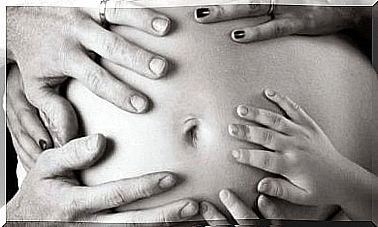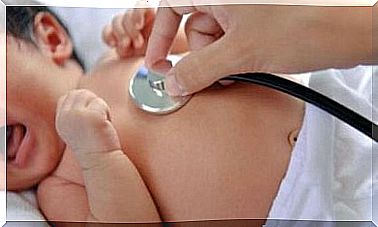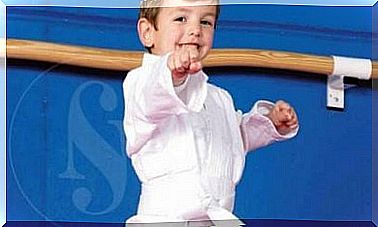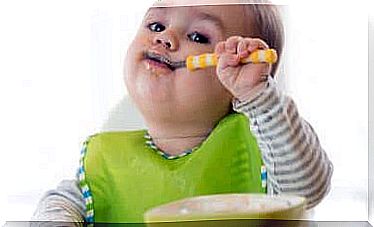Preventing Bronchiolitis – Is That Possible?
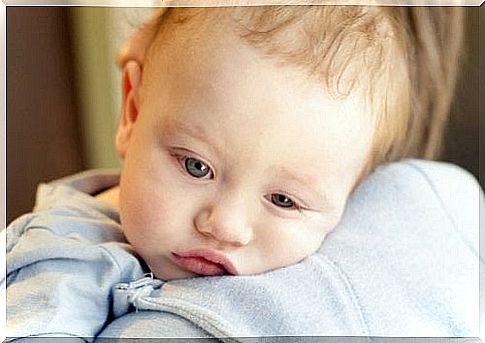
Both acute bronchitis and chronic bronchiolitis can hardly be prevented. So preventing bronchiolitis is extremely difficult, but there are certain steps you can take to at least reduce the risk.
Bronchiolitis is inflammation of the airways. The symptoms that arise are similar to those of a cold. However, it can cause serious complications in babies and other sensitive populations.
One in four babies diagnosed with bronchiolitis has to go to hospital. That’s why experts recommend seeing a doctor if your cold symptoms worsen.
Symptoms of bronchiolitis
As mentioned earlier, the symptoms are similar to those of a cold.
If your baby is showing signs of a cold that is getting worse, it is very important that you see a doctor. He will then carry out the necessary tests.
These are the main symptoms:
- Chest pain.
- A wet, slimy cough with sputum. If this is yellow, it is likely a bacterial infection.
- Fatigue.
- Fever, but not too high.
- Difficulty breathing.
- Panting.
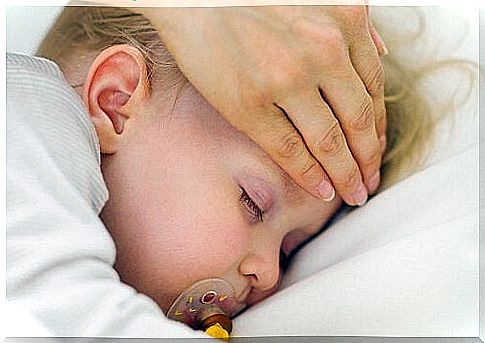
Other symptoms:
- Hot limbs, especially legs, ankles and feet
- Bluish lips due to difficulty breathing
- Recurring inflammation of the airways, such as colds or the flu.
Prevent Bronchiolitis – Tips:
To prevent bronchiolitis, you need to be extra careful with your baby’s surroundings.
Pay attention to who your baby comes into contact with and make sure that everyone and the surrounding area are hygienically clean.
These tips can help prevent bronchiolitis:
- It is very important to wash your hands before touching or hugging your baby. This is especially true when you come home.
- Cloth toys should be washed regularly. As well as surfaces and other toys that come in contact with your baby’s hands and mouth.
- Tobacco smoke should be prevented at all costs. It is important that no one smokes in the house or around your child. The components of the smoke remain on surfaces and in materials.
- If you’ve been out and smoked somewhere, change your clothes when you get home.
- Another tip on how to prevent bronchiolitis is to ventilate daily. You should also make sure that it is neither too hot nor too cold.
- Avoid places where the risk of infection is increased, for example in hospitals, clinics and also on public transport.
- If possible, use disposable tissues to prevent infection.
- If you have to cough or sneeze, cover your mouth with your elbow, not your hand. Teach your children the same thing.
- Breastfeeding strengthens the immune system and thus the physical resistance to bronchiolitis. Therefore, experts recommend breastfeeding for at least 6 months if possible.
- If your child belongs to a high-risk group, talk to your pediatrician about the possibility of vaccination.
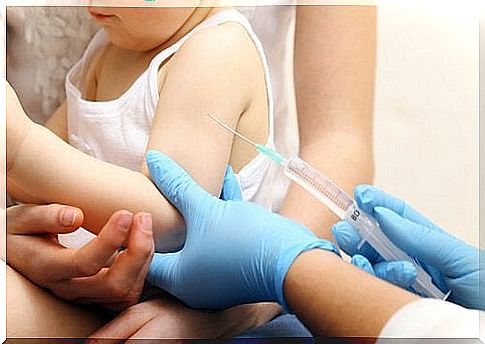
Treatment of bronchiolitis
There is no specific treatment for bronchiolitis caused by viruses. But there are things we can do to ease the discomfort that comes with it.
In this case, unfortunately, antibiotics do not help because they only work against bacterial infections. These are the tips for complementary treatment:
- Use a saline nasal spray, following the advice of your pediatrician.
- You can use a tube to free your baby’s nose. This is best in the first 6 months.
- Paracetamol can help lower the fever. However, you should definitely consult your doctor before giving it to your child.
- It is very important that your baby drinks enough. Also, don’t forget that your child will lose appetite when breathing becomes difficult.
If you find that symptoms persist or worsen, see your pediatrician. He can do the appropriate tests and determine exactly what is wrong with your baby.
One of the reasons this disease can become so dangerous is that it often goes unnoticed for too long. If the diagnosis is clear, the child’s health is seriously endangered.


